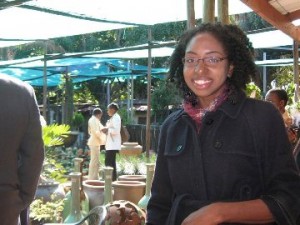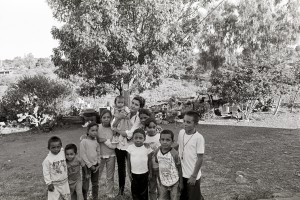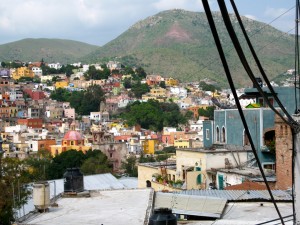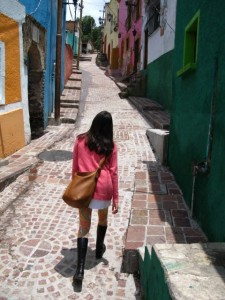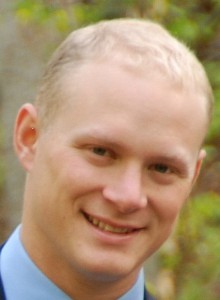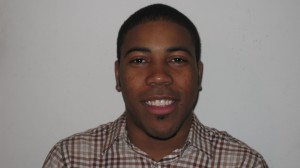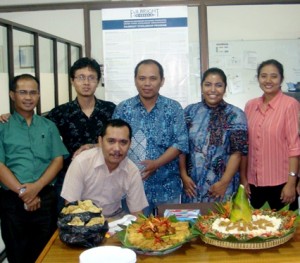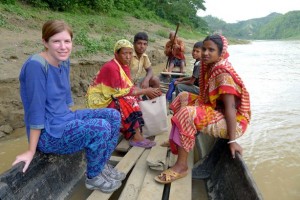 My Fulbright research has taken me to all corners of Dhaka and to some of the most remote places in Bangladesh. Solar technology was first used here in rural areas not connected to the national electric grid. Most of these off-grid homes use kerosene hurricanes for light, which can be expensive, low quality and have negative health impacts. As an alternative to kerosene, some organizations in Bangladesh provide small loans to households for solar home systems (SHS). The systems can provide an average of six hours of electricity for a household to power light bulbs, small fans or TVs in some cases.
My Fulbright research has taken me to all corners of Dhaka and to some of the most remote places in Bangladesh. Solar technology was first used here in rural areas not connected to the national electric grid. Most of these off-grid homes use kerosene hurricanes for light, which can be expensive, low quality and have negative health impacts. As an alternative to kerosene, some organizations in Bangladesh provide small loans to households for solar home systems (SHS). The systems can provide an average of six hours of electricity for a household to power light bulbs, small fans or TVs in some cases.
My most memorable and rewarding days in Bangladesh have been spent in the countryside biking on narrow dirt paths flanked by never-ending rice paddies, hiking through beautiful green scenery, or sharing a water taxi with locals to talk about SHS. The rural villagers I’ve spent time with and the families with SHS are some of the kindest people I’ve met. I am often the first American they have ever seen, and it’s been an amazing experience to talk about solar or local culture over a cup of tea or cha. For every question I ask locals, I respond to a question about myself, my family, research and country.
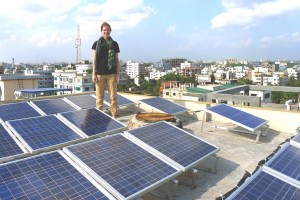 When not in the countryside, I’ve spent my time learning about the budding urban solar industry in Dhaka. Solar is becoming more popular in Dhaka due to new policies and because of frequent power outages. When the power goes out, homes and businesses will usually run a diesel generator. Many residences, however, are turning to solar to supplement their generators.
When not in the countryside, I’ve spent my time learning about the budding urban solar industry in Dhaka. Solar is becoming more popular in Dhaka due to new policies and because of frequent power outages. When the power goes out, homes and businesses will usually run a diesel generator. Many residences, however, are turning to solar to supplement their generators.
Based on my economics background, the Fulbright Program has allowed me to explore solar – a completely new interest and area of study for me. In addition to learning about the solar industry in Bangladesh, I have been doing both urban and rural solar cost estimates to determine how soon homes and apartment buildings can break even by investing in solar compared to kerosene and generator alternatives. I strongly encourage all applicants and future grantees to take advantage of their academic and professional backgrounds to discover new interests during their Fulbright year.
My general advice for study or research applicants:
- Spend time thinking about who or which organization you’d like your host affiliation to be and what your expectations will be when you arrive. Because it often takes many emails and phone calls to get in touch with a potential host, you should start early in thinking about your Fulbright application. Having a host that is excited about your research and who is willing to support you can really make a huge difference, especially in the beginning. For countries like Bangladesh, try getting in touch with previous Fulbrighters. Ask them if they know anything about your potential host or if they can give you suggestions. When communicating with your potential host, try to be as clear as possible about your expectations and whether or not they will be able to meet them.
- Be flexible and open to modifying, expanding, focusing and perhaps changing your Fulbright project. This is one of the best parts of having a Fulbright grant. Technology, policies and cities constantly change, and a great deal can change from the time when you apply for your Fulbright to the time when you arrive. Roll with the changes and take advantage of having the flexibility to modify your research as needed.
- Try hard to learn local languages. Since so much of Bangladeshi culture is intertwined with the language, some of the most rewarding moments during my Fulbright grant have been when I’ve been speaking Bangla. Even though I often struggle to explain myself in Bangla, the effort is always appreciated and can never be fully translated by someone else.
Top photo: Holly Battelle, 2010-2011, Bangladesh, sharing a water taxi with locals en route to a village with solar home systems (SHS)
Bottom photo: Holly Battelle, 2010-2011, Bangladesh, on top of her apartment building in Dhaka which has 1 KW of solar panels

